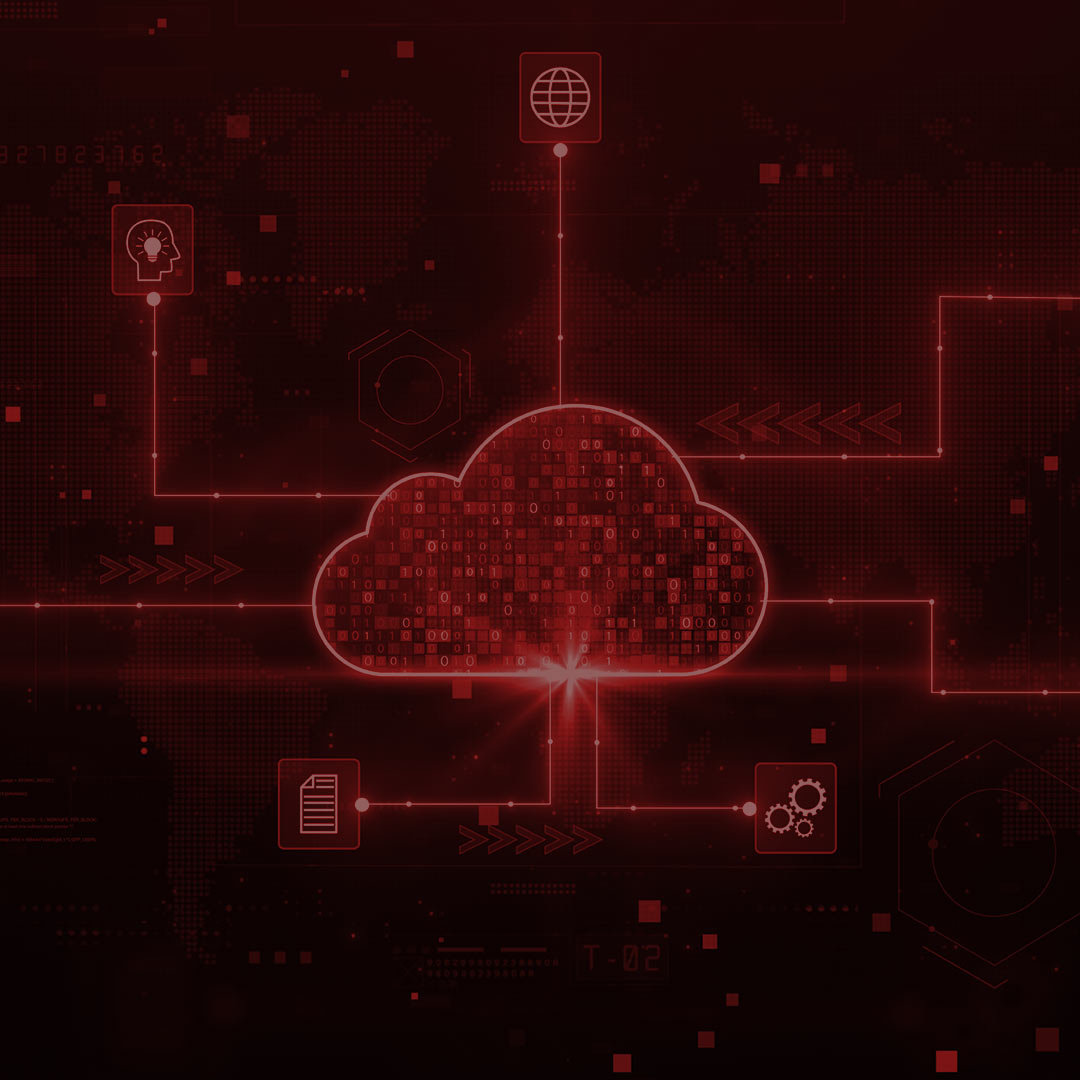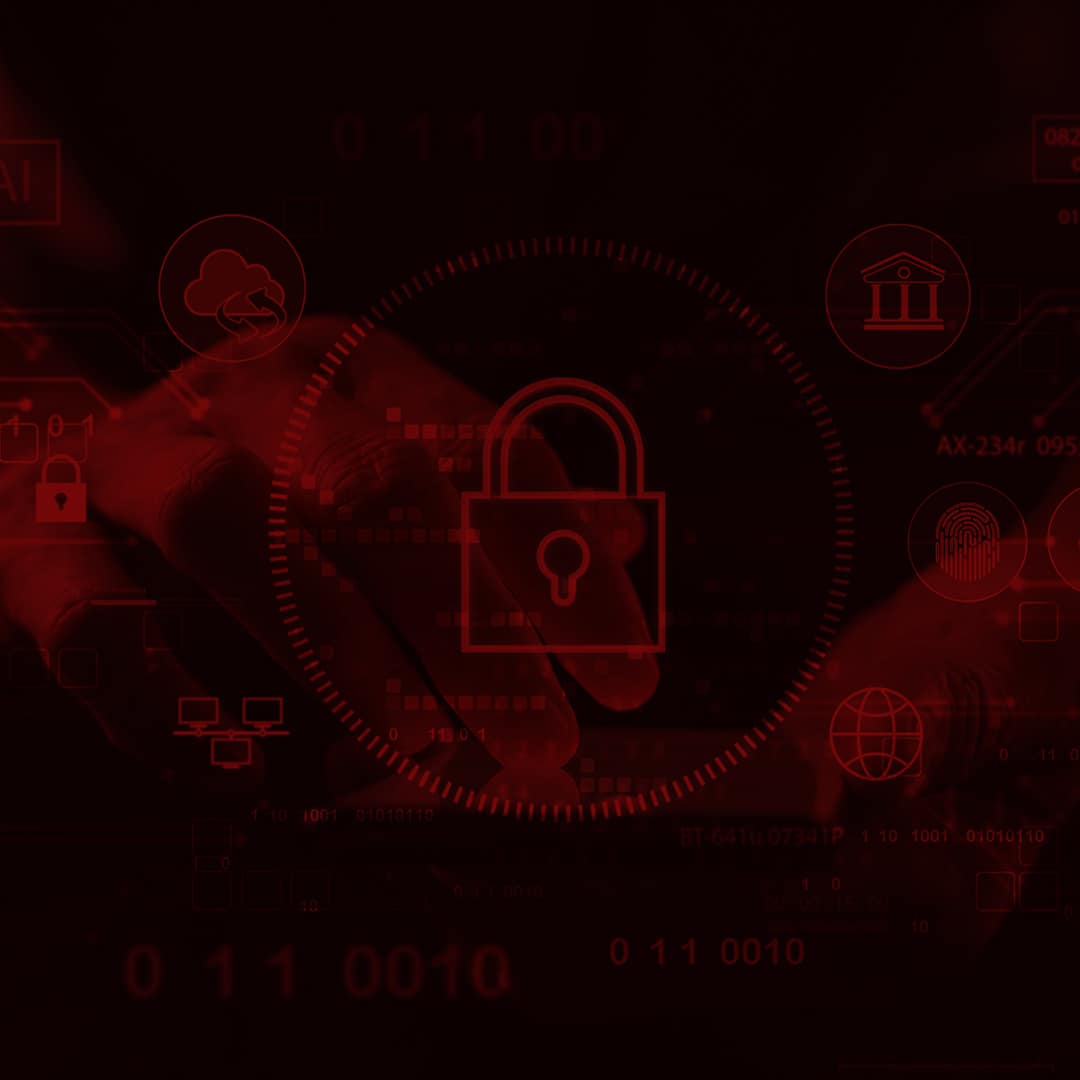Digital forensic investigators need to understand how cloud computing security works to assess evidence properly. When data is stored in the cloud, certain compliance and security measures must be considered.
Forensic examiners need to be aware of these measures to ensure they can collect real evidence from the cloud. Additionally, they must know the potential implications of performing a forensic examination on data located in the cloud. No longer are hackers content to sit at their computers and steal personal data or disrupt systems; now, they are targeting cloud computing systems to gain access to sensitive information or wreak havoc on a larger scale.
This blog discusses the importance of investing in cloud security measures and the awareness among forensic professionals to tackle cloud security concerns.
What is Cloud Computing Security?
Cloud computing security is the measures to protect data and systems accessed and stored via the internet. Because cloud-based systems are often open and accessible to anyone with an internet connection, they can be more vulnerable to attack than traditional or on-premises systems. However, there are several steps that businesses can take to protect themselves.
By understanding both the security features of the cloud and the challenges associated with conducting forensics under these conditions, examiners can better protect their investigations and maintain the integrity of any evidence collected.
Cloud Forensic Process Flow
The first step in any forensic investigation is to identify the scope of the incident. This includes determining what happened when it happened, where it happened, and how it happened. Once the scope of the incident has been determined, the next step is to gather evidence. Evidence can come from many sources, including system logs, application data, user data, and third-party data.
After the evidence has been gathered, it must be analyzed to determine what happened and who was responsible. This analysis can be done manually or with the help of specialized software. Once the analysis is complete, a report can be generated that documents the investigation findings.
The cloud forensic process flow is designed to help investigators collect, preserve, and analyze data in a cloud computing environment. By following this process, investigators can more effectively determine what happened and who was responsible for an incident.
Cloud Computing Security Techniques for Evidence Acquisition
Cloud services have grown exponentially in recent years, making them an attractive target for hackers and criminals. As a result, there is a need for forensics investigators with a solid understanding of how to acquire and analyze evidence from these types of environments.
There are several ways to acquire evidence from the cloud, but the most common and effective methods include network traffic mirroring, packet capture, and flow log data collection.
- Network traffic mirroring involves replicating all of the traffic passing through a particular point in the network so that it can be analyzed later. This is an important tool for investigating potential security incidents, as it allows analysts to see exactly what was happening on the network at the time of the incident.
- Packet capture capabilities give analysts access to all the data in individual packets passing through the network. This data can be used to reconstruct what happened on the network and identify any suspicious or malicious activity.
- Flow log data can create network traffic behavioral models. This data can be used to identify anomalies in network traffic patterns that could indicate a security incident. Flow log data can also be used to track data movement within an organization’s network, making it a valuable tool for managing data security.
- Hibernating a workload is another useful technique for evidence acquisition. When a workload is hibernated, all of its state information is preserved so that it can be resumed later. This includes any open files, active connections, and running processes.
- Capturing IaaS OS and data drives can provide analysts with access to critical evidence that may be required for an investigation.
Once data has been collected, it will need to be analyzed to extract useful information. This process can be challenging because cloud data are often unstructured. As a result, investigators will often need to use a combination of manual analysis and automated tools to make sense of the evidence.
Cloud computing forensics and cloud computing security are complex and rapidly evolving fields. However, by understanding the basics of evidence acquisition and analysis, investigators can be better prepared to deal with the challenges they might face. (SearchSecurity, 2022)
Does Cloud Forensics Impact Cloud Computing Security?
Cloud forensics uses investigative techniques to collect, preserve, and analyze data stored in a cloud computing environment. Cloud forensics aims to obtain evidence that can be used in a court of law to prove or disprove a hypothesis about what happened in a particular case. (Jariwala, D., 2013)
Cloud forensics is important for several reasons:
- First, the use of cloud services is growing at an unprecedented rate. The benefits of cloud computing, such as cost savings, flexibility, and scalability, drive this growth. However, as more businesses move their data and applications to the cloud, they also expose themselves to new risks.
- Second, the nature of cloud computing makes it difficult to collect evidence using traditional forensic methods. For example, data in the cloud is often spread across multiple physical locations and stored on servers owned by different organizations. This makes it difficult to obtain a complete picture of what happened in a particular incident.
- Third, the way cloud services are delivered can make it difficult to collect evidence. For example, many cloud providers offer their services using a “pay as you go” model, which means that customers only pay for the resources they use. This makes it difficult to track down who was using a particular service at the time of an incident.
- Fourth, the growing use of encryption in cloud computing can make it difficult to collect evidence. Encryption can prevent investigators from accessing data even with the proper legal authorization.
- Fifth, cloud providers are often reluctant to cooperate with law enforcement agencies in investigations. This is because they may be concerned about such cooperation’s impact on their businesses.
- Finally, cloud forensics is important for cloud computing security because it can help organizations improve their security posture. Organizations can change their systems and processes to prevent similar incidents by understanding how they occur and what evidence is available.
Why Choose EC-Council’s CCSE Certification?
The CCSE program provides hands-on training in creating and implementing security policies to safeguard cloud infrastructure and applications.
The Certified Cloud Security Engineer (CCSE) program from EC Council provides professionals with the skills and knowledge required to perform cloud forensics. The curriculum covers a wide range of topics, such as cloud technologies, frameworks, and best practices for securing cloud architecture.
Through vendor-neutral and vendor-specific training, the CCSE demonstrates the tools, techniques, and procedures used by major public cloud service providers (AWS, Azure, and GCP). The C|CSE curriculum was crafted to address the challenges organizations face in ensuring cloud security and helping candidates to face real-world scenarios. EC-Council’s cloud security course is curated by subject matter experts to match the current responsibilities and job roles of cloud professionals in the field, making it perfect for early-career professionals who want to get into the industry and those who are already experienced. With EC-Council’s CCSE certification, you’ll be able to conduct investigations confidently in any cloud computing environment.
References
Jariwala, D. (2013, March 20). Cloud Forensics: What is it? And Why is it so important? Techstagram. https://techstagram.com/2013/03/20/cloud-forensics-importance/
SearchSecurity. (2022, September 19) Cloud computing forensics techniques for evidence acquisition. https://www.techtarget.com/searchsecurity/tip/Cloudcomputing-forensics-techniques-for-evidence-acquisition
About the Author
Ryan Clancy is a writer and blogger. With 5+ years of mechanical engineering experience, he’s passionate about all things engineering and tech. He also loves bringing engineering (especially mechanical) down to a level that everyone can understand. Ryan lives in New York City and writes about everything engineering and tech.











